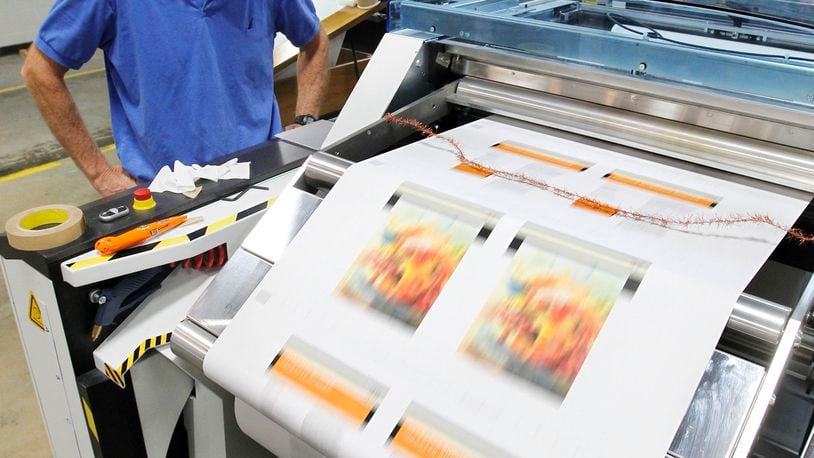RELATED: Check out our photo gallery of the Kodak plant
Details of the sale process remain confidential, the release said.
The company continues to evaluate “ways to streamline the Prosper press business to maximize performance and address market opportunities in publishing, high volume direct mail and packaging.”
About 400 people work at Kodak's office and labs at the Miami Research Park in Kettering and a major part of its business there is the Prosper inkjet program. The site is Kodak's largest operation outside of its headquarters in Rochester, N.Y.
When Kodak purchased the Kettering inkjet operation, the products developed and manufactured there were called Versamark. After the acquisition, Kodak invested in new technology development in Kettering that is now known as Prosper.
The company introduced the Kodak Prosper 1000 Plus Press in February 2015, calling the product developed in Kettering “the world’s fastest black and white inkjet press.” The Prosper press can print at speeds up to 4,364 pages per minute, allowing book publishers to produce shorter print runs more quickly and profitably, officials said.
Founded in 1880, Kodak was a pioneer in the print and movie film industries. In recent times, the company has struggled as more people use digital products. Since 2012, the company has laid off more than 3,500 employees in the United States.
About the Author
